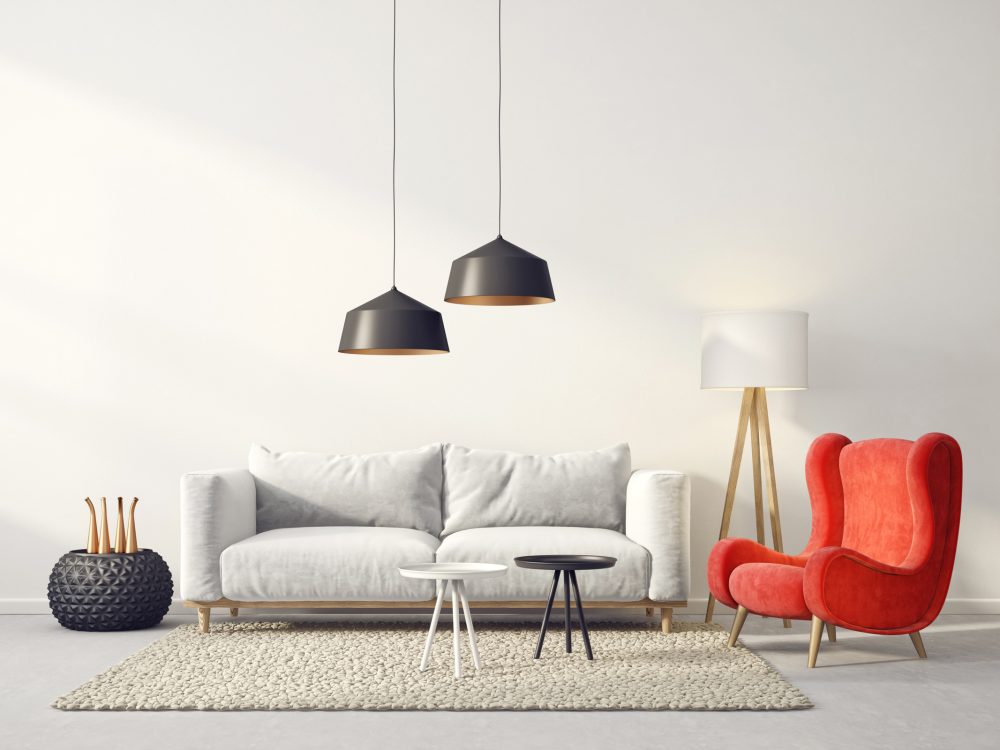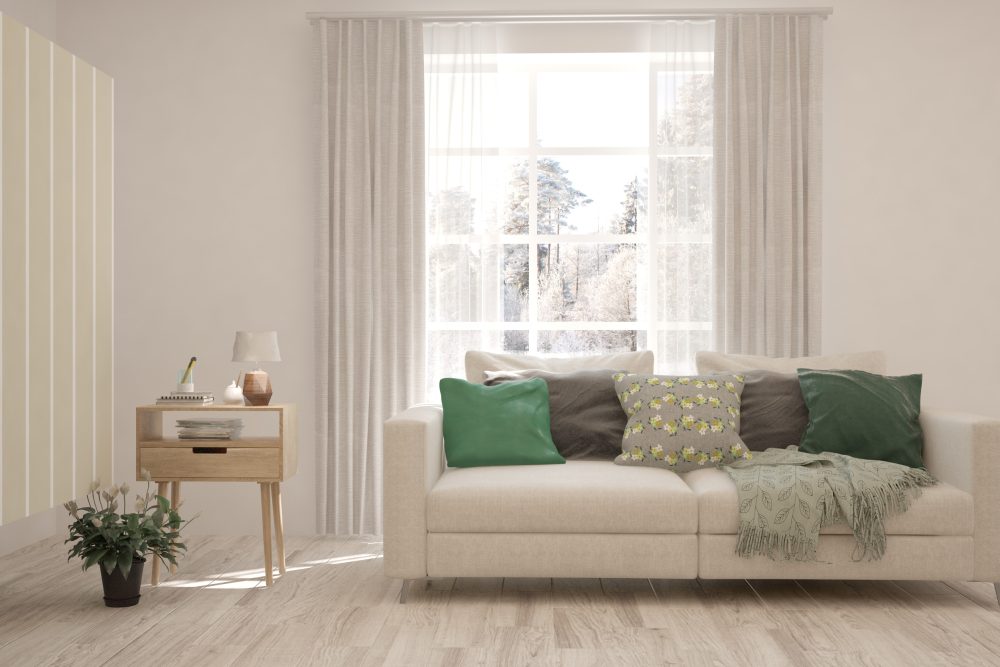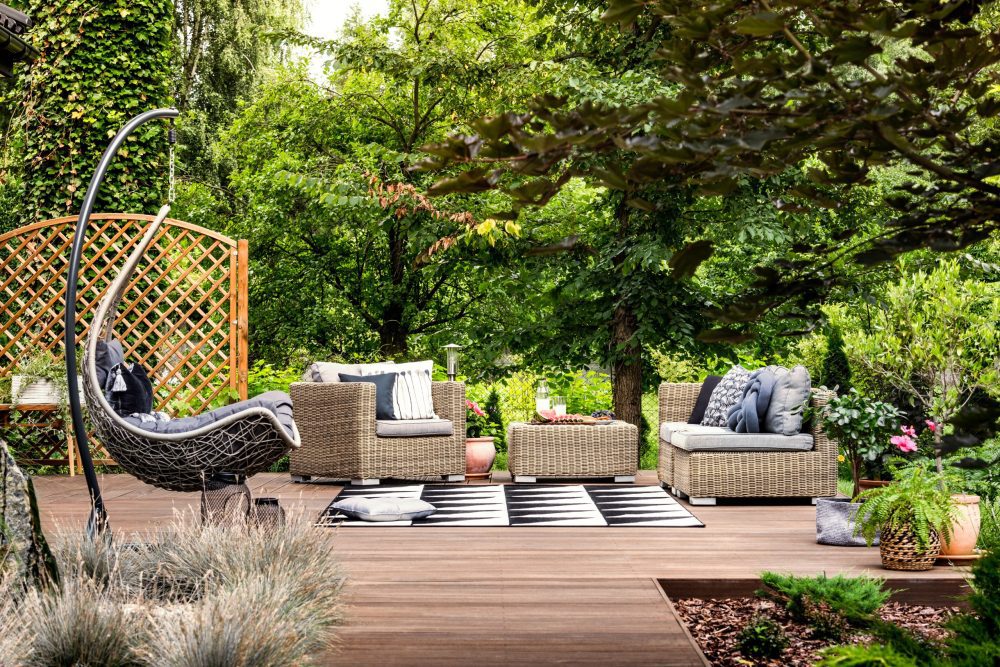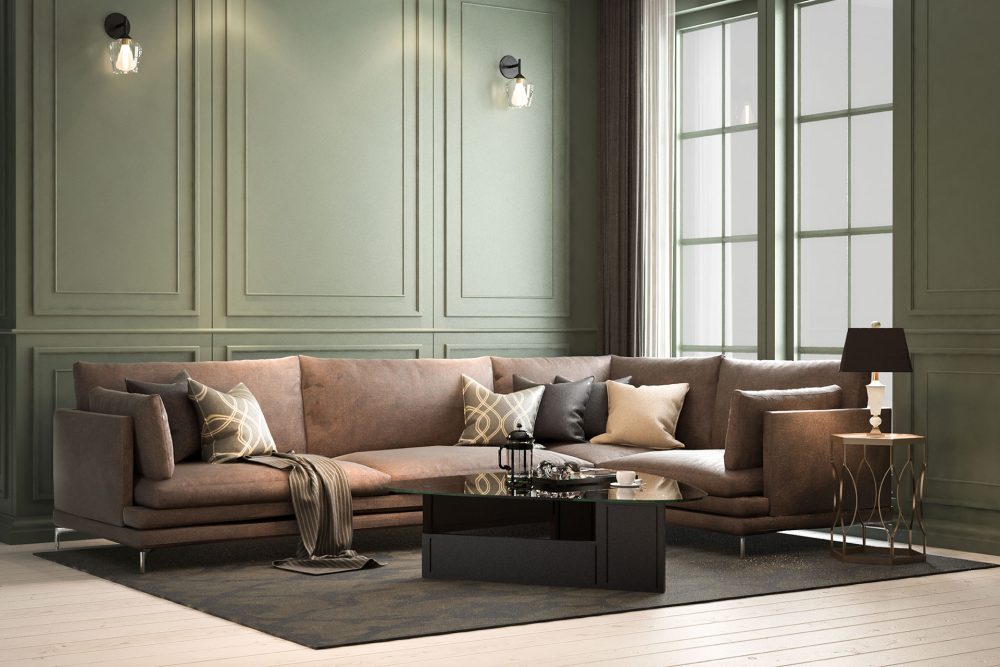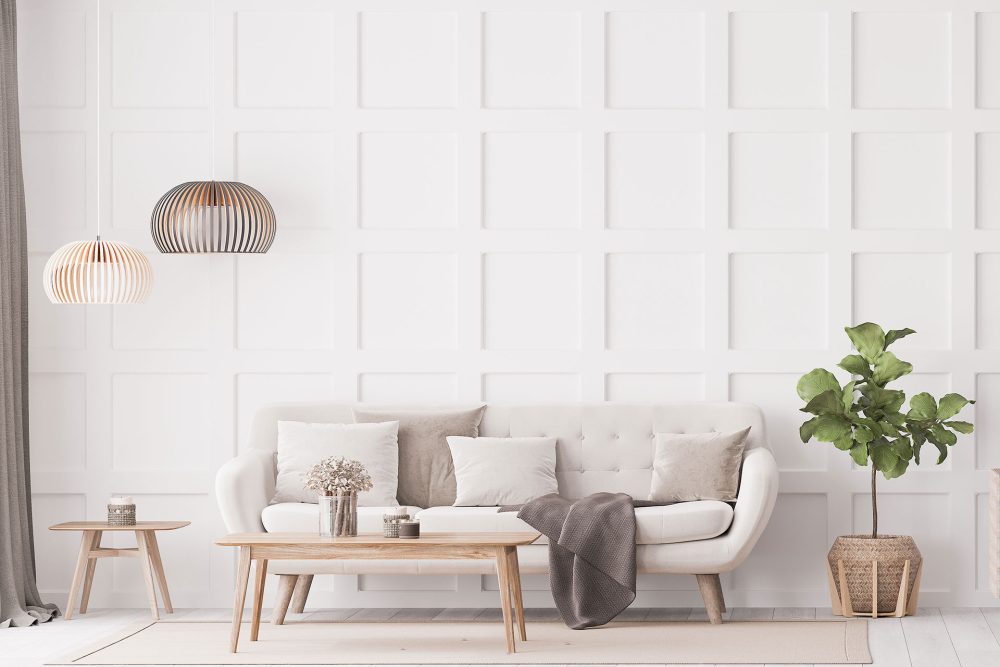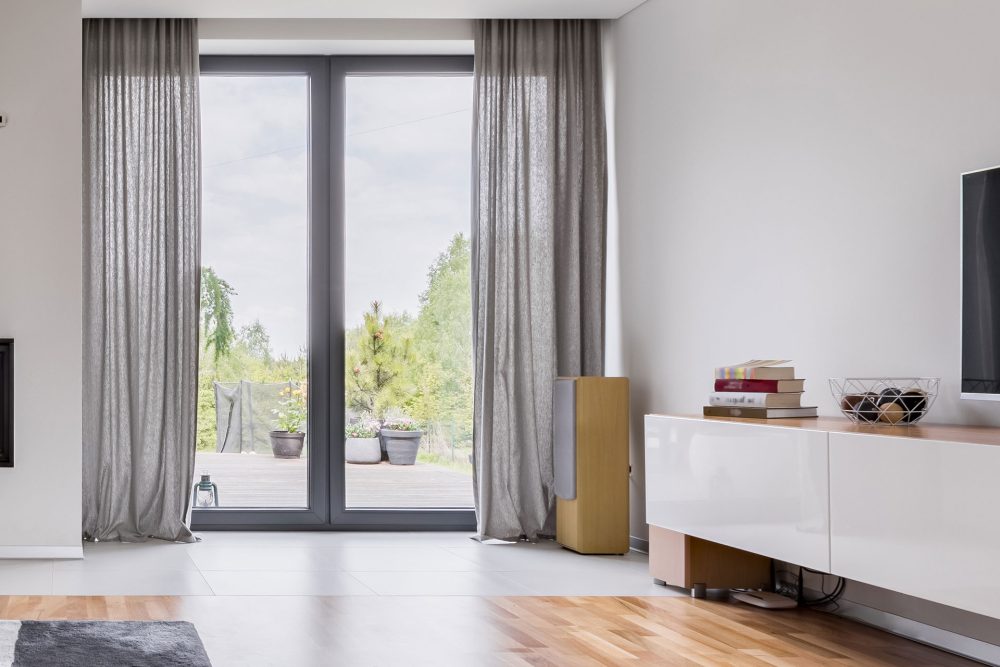
Process of household furniture purchasing in Italy
Furnishings & related sectors | September 2002
€2500

September 2002,
III Ed. ,
232 pages
Price (single user license):
EUR 2500 / USD 2700
For multiple/corporate license prices please contact us
Language: Italian
Report code: IT.1
Publisher: CSIL
Status: available for online purchase and immediate download
The Italian market for home furniture (including kitchens, bedrooms, dining rooms, upholstery, kids furniture, home office, outdoor furniture) is worth about Euro 14 billion. Between March 2001 and March 2002 almost 5 million Italian families purchased household furniture: 61% of purchases were made through furniture retailers and 16% through large scale distribution.
This report studies the behaviour of the Italian consumers of household furniture, taking into consideration: characteristics of purchased home furniture, purchasing process, consumer’s profile. The study is based on 903 telephone interviews with families who purchased home furniture worth at least Euro 260 over the previous 12 months.
Purchases of household furniture are broken down by product type: kitchens (with or without built-in appliances), tables and chairs, bedroom furniture (bedroom suites, beds, wardrobes), dining room furniture (bookshelves, cupboards, tables, chairs), upholstered furniture (sofas, sofa beds, armchairs, recliners), children’s furniture (beds, wardrobes, shelves, desks), home office furniture (desks, swivel chairs, bookshelves, pc tables), bathroom furniture, garden and outdoor furniture. The style of household furniture (contemporary/modern, classic/traditional/rustic) and purchase price range are also considered. The average total spend on home furniture is provided, as well as spend on single furniture item.
All the above mentioned data on purchases of household furniture are broken down by socio-demographic characteristics of purchasers (geographic area, size of urban centre, sex, age and profession of head of family), purchase price range and distribution channel. Availability of computer and Internet connection is also considered.
The purchasing process is analysed according to: reasons for purchase, criteria of choice in the purchase, decision-making process within the family nucleus, sources of information about furniture, degree of recollection of names of furniture brands, criteria of choice and type of distribution channel (specialized dealers, furniture retailers, large scale distribution, Do-It-Yourself, craftsmen, direct sales, antiques shops), degree of customer satisfaction and reasons for any dissatisfaction, means of payment.
The consumer’s life-style is examined on the basis of socio-economic status, decision-making process within the family nucleus, living conditions.
Products covered include: home furniture, kitchen furniture (fitted kitchens, kitchens without built-in appliances, kitchen tables, kitchen chairs), bedroom furniture (bedroom suites, beds, wardrobes), dining room furniture (bookshelves, cupboards, tables, chairs, occasional furniture), upholstered furniture (upholstery suites, sofas, sofa beds, armchairs, recliners), children’s furniture (children’s bedrooms, beds, wardrobes, shelves, desks), home office furniture (desks, swivel chairs, bookshelves, pc tables), bathroom furniture, garden furniture, outdoor furniture, contemporary/modern furniture, classic/traditional/rustic furniture.
Abstract of Table of Contents
Methodology
Basic data
Performance
Prices
Commercial trade
International competition
Export performance
Import performance
Demand structure
Market performance
Market segmentation
1 Double bedrooms, beds, wardrobes
Demand structure by geographical area
Demand determinants: “new” and “renewal”
Distribution channels
Basic data
Distribution channels for bedrooms
Details of 5000 sales outlets in the national market on floppy disk
Number of shops visited before making purchase
Type of shops in which purchase was made
Criteria for choice of shop
Purchasing process
Criteria for choosing furniture
Style of household furnishing and style of furniture purchased
Sources of information
APPENDIX: Offer structure
Location of offer
Company size
Sector companies and appearances at exhibitions
The Italian market for home furniture (including kitchens, bedrooms, dining rooms, upholstery, kids furniture, home office, outdoor furniture) is worth about Euro 14 billion. Between March 2001 and March 2002 almost 5 million Italian families purchased household furniture: 61% of purchases were made through furniture retailers and 16% through large scale distribution.
This report studies the behaviour of the Italian consumers of household furniture, taking into consideration: characteristics of purchased home furniture, purchasing process, consumer’s profile. The study is based on 903 telephone interviews with families who purchased home furniture worth at least Euro 260 over the previous 12 months.
Purchases of household furniture are broken down by product type: kitchens (with or without built-in appliances), tables and chairs, bedroom furniture (bedroom suites, beds, wardrobes), dining room furniture (bookshelves, cupboards, tables, chairs), upholstered furniture (sofas, sofa beds, armchairs, recliners), children’s furniture (beds, wardrobes, shelves, desks), home office furniture (desks, swivel chairs, bookshelves, pc tables), bathroom furniture, garden and outdoor furniture. The style of household furniture (contemporary/modern, classic/traditional/rustic) and purchase price range are also considered. The average total spend on home furniture is provided, as well as spend on single furniture item.
All the above mentioned data on purchases of household furniture are broken down by socio-demographic characteristics of purchasers (geographic area, size of urban centre, sex, age and profession of head of family), purchase price range and distribution channel. Availability of computer and Internet connection is also considered.
The purchasing process is analysed according to: reasons for purchase, criteria of choice in the purchase, decision-making process within the family nucleus, sources of information about furniture, degree of recollection of names of furniture brands, criteria of choice and type of distribution channel (specialized dealers, furniture retailers, large scale distribution, Do-It-Yourself, craftsmen, direct sales, antiques shops), degree of customer satisfaction and reasons for any dissatisfaction, means of payment.
The consumer’s life-style is examined on the basis of socio-economic status, decision-making process within the family nucleus, living conditions.
Products covered include: home furniture, kitchen furniture (fitted kitchens, kitchens without built-in appliances, kitchen tables, kitchen chairs), bedroom furniture (bedroom suites, beds, wardrobes), dining room furniture (bookshelves, cupboards, tables, chairs, occasional furniture), upholstered furniture (upholstery suites, sofas, sofa beds, armchairs, recliners), children’s furniture (children’s bedrooms, beds, wardrobes, shelves, desks), home office furniture (desks, swivel chairs, bookshelves, pc tables), bathroom furniture, garden furniture, outdoor furniture, contemporary/modern furniture, classic/traditional/rustic furniture.
Abstract of Table of Contents
Methodology
Basic data
Performance
Prices
Commercial trade
International competition
Export performance
Import performance
Demand structure
Market performance
Market segmentation
1 Double bedrooms, beds, wardrobes
Demand structure by geographical area
Demand determinants: “new” and “renewal”
Distribution channels
Basic data
Distribution channels for bedrooms
Details of 5000 sales outlets in the national market on floppy disk
Number of shops visited before making purchase
Type of shops in which purchase was made
Criteria for choice of shop
Purchasing process
Criteria for choosing furniture
Style of household furnishing and style of furniture purchased
Sources of information
APPENDIX: Offer structure
Location of offer
Company size
Sector companies and appearances at exhibitions
SEE ALSO
Profiles of 50 major appliance manufacturers worldwide
September 2021, VIII Ed. , 260 pages
The world market of major consumer appliances amounted to US$ 258 billion in 2020 and it is projected versus a double-digit growth during the current year. Company profiles with information on company background, historical and recent facts, basic data (including total turnover of the last five years, white appliances turnover and white appliances share on total production, number of employees …)
World market for professional appliances
November 2020, II Ed. , 190 pages
This Report provides information on the world market for professional appliances including: Foodservice equipment: including refrigeration, dishwashing, cooking appliances; Washing machines (Laundry); Air conditioning; Automatic vending machines
The Parasol Market in Italy
October 2017, I Ed. , 29 pages
The contract market accounts for 56% of the total value of the parasol market in Italy. The demand for parasols for hotels, bars and restaurants has increased and led to an overall increase in the contract segment.
Built-in appliances distribution and brand image in Italy
November 2014, XX Ed. , 126 pages
This report, yearly published, has reached its xx edition and analyzes the behaviour of the Italian purchasers of built-in appliances taking into consideration: the sales performance for kitchens and built-in appliances, purchasing criteria by major purchasers of built-in appliances, development of brand-name image and customer satisfaction of major built-in appliances purchasers. The study is based on 117 interviews with kitchen furniture manufacturers, built-in appliances wholesalers and specialised appliances chains
